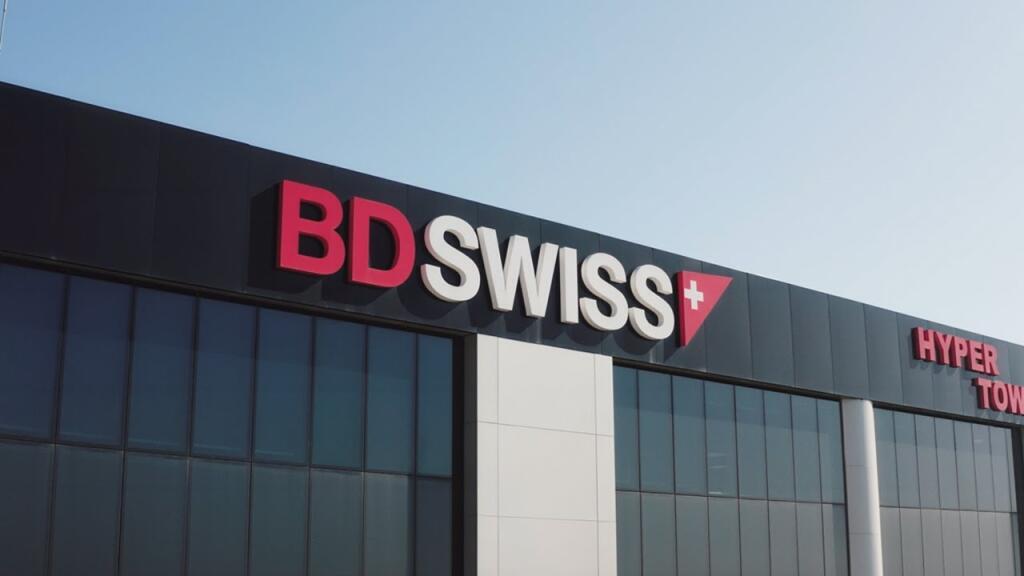
However, it does not mean that company needs to issue all the authorized shares. The company needs to record cash consideration and reverse the treasury stock. If the cash consideration more than treasury stock, we need to record additional paid-in capital. Different from issuance for cash, the issue of stock for non-cash requires the company to define the market value of both stock and noncash assets.

Unlike the stock account, the cash account has not been ‘balanced off’. This is because cash purchases (i.e. £2,180) were not all of the cash transactions for the business during the year. In the real world, cash and stock are both assets of a business and they need to be ‘balanced off’ at the end of the period. It represents the cost of the inventory that has been sold during a period and can be used to calculate the gross profit. Businesses use a journal entry to transfer the cost of goods sold from the balance sheet to the profit and loss account. There are three main types of stock transactions, which are the sale of stock for cash, stock issued in exchange for non-cash assets or services, and the repurchase of stock.
High-earning stockbrokers know how to communicate with clients and help both businesses and individuals experience financial gain. The Accreditation Council for Business Schools and Programs serves as a top programmatic accrediting organization for business and finance programs. Regardless of which option learners choose, a graduate degree prepares them to emerge as leaders within the finance or business field. Graduate courses teach students how to make big-picture decisions that influence an organization’s success. For example, certified financial planners and financial advisors can offer comprehensive financial planning advice to their clients.
1 Preferred stock overview
When a company such as Big City Dwellers issues 5,000 shares of its $1 par value common stock at par for cash, that means the company will receive $5,000 (5,000 shares × $1 per share). The sale of the stock is recorded by increasing (debiting) cash and increasing (crediting) common stock by $5,000. Record the amount of cash received as a debit to the Cash account. When a company issues shares, it dilutes the value of existing shares in the market, potentially devaluing the equity held by older investors. In order to raise the value of outstanding shares, the company must either increase its market capitalization or issue a buyback.
Once the balance in the additional paid‐in‐capital—treasury stock account reaches zero, or if there is no such account, the difference is a decrease (debit) to retained earnings. If the repurchase price the difference between bad debt and doubtful debt is less than the original selling price, the difference increases (is credited to) the additional paid‐in‐capital account. The most common treasury stock accounting method is the cost method.
Are stockbrokers the only people who can buy and sell stocks?
As we looked at in the beginning, when accounting for stock, most businesses use either the first-in, first-out method or average cost. If you are unsure which method is best for your business, speak to your accountant. Once the company has a method in place, they need to stick to using the same process.
Once you have viewed this piece of content, to ensure you can access the content most relevant to you, please confirm your territory. Making the decision to study can be a big step, which is why you’ll want a trusted University. We’ve pioneered distance learning for over 50 years, bringing university to you wherever you are so you can fit study around your life. Using the template for the P&L account given below, ‘close off’ or transfer the balances above to the P&L account and work out the net profit for the year.
What Is Capital Stock?
Stock represents an ownership interest in a business, for which there is no expectation of repaying investors. Conversely, bonds represent a form of financing for which there is an expectation of repayment. Another difference is that stockholders are not paid interest on their common stock investments, while the payment of interest is a standard requirement for a bond. A third difference is that bondholders are given priority over shareholders in the event of a corporate liquidation, which reduces the risk level for the bondholders. Conversely, stockholders have a significant risk of not being paid at all in the event of a corporate liquidation. A stock represents fractional ownership of equity in an organization.
This involves recording inventory items, valuing them, and then reporting this information in financial statements. There are a number of methods that can be used to calculate the inventory value, and the choice of method may have a significant impact on the reported profitability of a company. Stock is an ownership share in an entity, representing a claim against its assets and profits. The owner of stock is entitled to a proportionate share of any dividends declared by an entity’s board of directors, as well as to any residual assets if the entity is liquidated or sold.
Why Asana Stock Flopped Today – The Motley Fool
Why Asana Stock Flopped Today.
Posted: Wed, 06 Sep 2023 19:02:21 GMT [source]
You can use rough estimates or get super specific in how you work this out. It all comes down to your inventory accounting methods, and the systems you put in place. Inventory are the items that your business has bought, with the intention of on-selling to customers. The items may be resold without change, or they could be combined into a new product.
Income and expense accounts, like asset and liability accounts, reflect the accounting equation and the rules of double-entry bookkeeping, as will be shown in the next section. The bookkeeping for stock transactions can be done in a number of different ways. If the physical stock levels differ from the figures in the accounts, the create a stock adjustment. Stock levels might be different for several reasons, including theft, accounting error and disposal of old stock. The information is then used to decide when to order more inventory and how much to order. Inventory management is a critical part of supply chain management and can significantly impact a business’s bottom line.
Create a free account to unlock this Template
This purchase reduces the amount of outstanding stock on the open market. Total par value equals the number of preferred stock shares outstanding times the par value per share. For example, if a company has 1 million shares of preferred stock at $25 par value per share, https://online-accounting.net/ it reports a par value of $25 million. In most cases, a company will issue one class of voting shares and another class of non-voting (or with less voting power) shares. The main rationale for using dual classification is to preserve control over the company.
- There are a number of methods that can be used to calculate the inventory value, and the choice of method may have a significant impact on the reported profitability of a company.
- Common stockbroker software programs include MProfit, HyperStock, and Firstrade.
- Investors simply purchase the stock from the issuer and gain ownership over the company’s share.
- The Series 65 license is an additional credential stockbrokers can pursue.
- However, not all accounting software packages include a stock account, so check before you choose one.
- Keep reading to learn more about a stockbroker’s salary, how to select a stockbroker educational program, and what it takes to become a stockbroker.
By knowing a stock’s intrinsic value, an investor may determine whether the stock is over- or undervalued at its current market price. Lastly, there is little standardization of account nomenclature. For example, even the balance sheet has such alternative names as a “statement of financial position” and “statement of condition.” Balance sheet accounts suffer from this same phenomenon. Fortunately, investors have easy access to extensive dictionaries of financial terminology to clarify an unfamiliar account entry.
The other $900 goes toward increasing the account for paid-in capital in excess of par. In general, a stock issuance affects three accounts on the balance sheet. First, the proceeds that the company receives from the stock issuance increase the cash account. In rare cases, companies issue stock in exchange for redeeming debt or for tangible assets rather than cash, which requires changing different items on the balance sheet.
This represents the excess over the par value that investors pay the company for their shares. Stocks may be acquired or sold on a stock exchange or via a private sale. Corporate property is legally separated from the property of shareholders, which limits the liability of both the corporation and the shareholder. If the corporation goes bankrupt, a judge may order all of its assets sold but a shareholder’s assets are not at risk. The court cannot force you to sell your shares, although the value of your shares may have fallen. Likewise, if a major shareholder goes bankrupt, they cannot sell the company’s assets to pay their creditors.
There are two ways to earn money by owning shares of stock is through dividends and capital appreciation. If a company has 1,000 shares outstanding and declares a $5,000 dividend, then stockholders will get $5 for each share they own. If you sell a share to someone for $10, and the stock is later worth $11, the shareholder has made $1. When no‐par value stock is issued and the Board of Directors establishes a stated value for legal purposes, the stated value is treated like the par value when recording the stock transaction. If the Board of Directors has not specified a stated value, the entire amount received when the shares are sold is recorded in the common stock account.
Shareholder equity alone is not a definitive indicator of a company’s financial health. If used in conjunction with other tools and metrics, the investor can accurately analyze the health of an organization. Generally, sales growth, whether rapid or slow, dictates a larger asset base—higher levels of inventory, receivables, and fixed assets (plant, property, and equipment). As a company’s assets grow, its liabilities and/or equity also tend to grow in order for its financial position to stay in balance.


